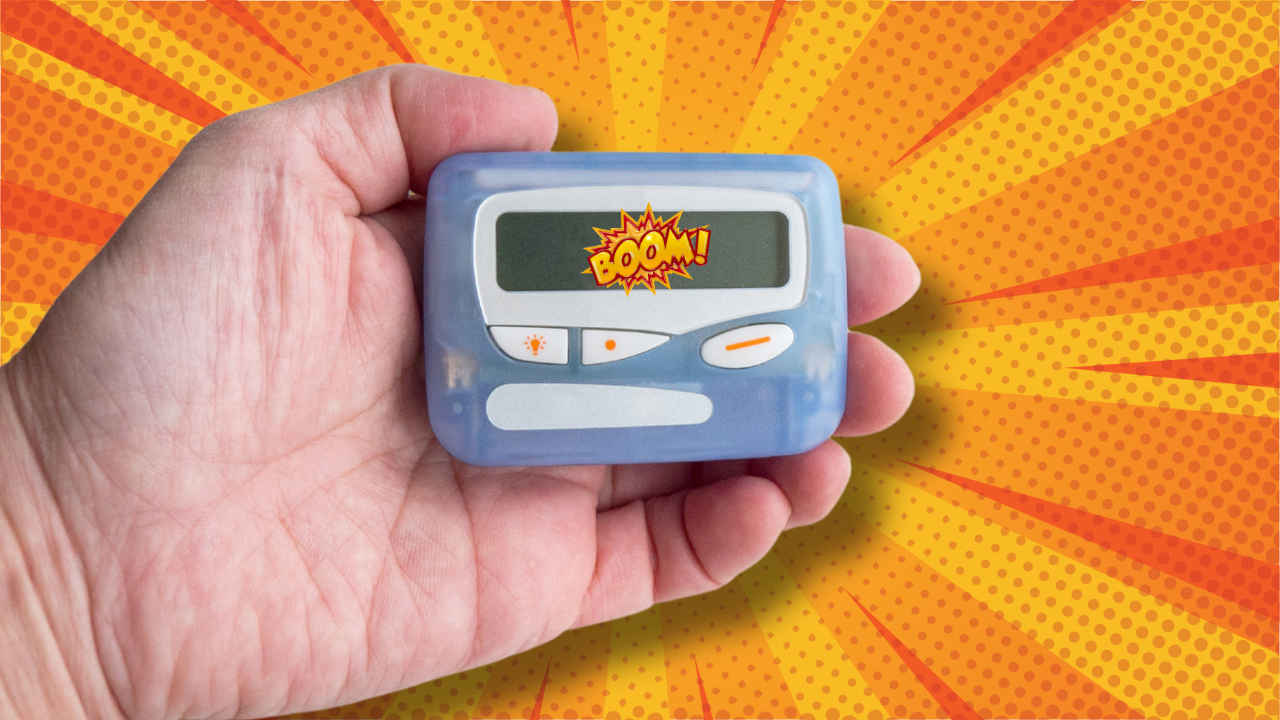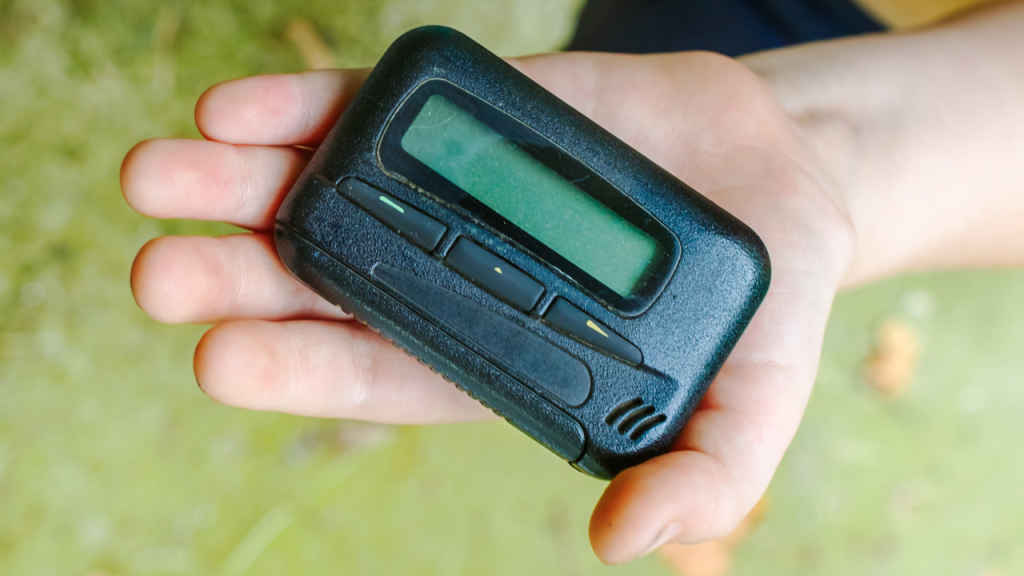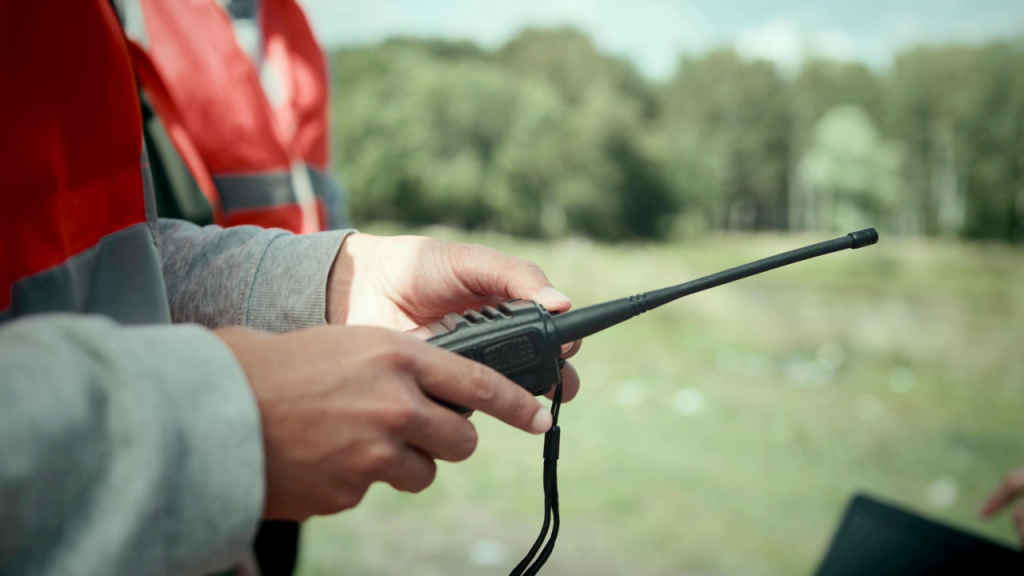Demystifying exploding pagers and walkie-talkies

Unless you’ve been living under a rock, everyone and their grandmother haven’t yet stopped talking about the series of pagers and other communication devices’ blasts from earlier this week, seemingly targeted at Hezbollah operatives across Lebanon and Syria.
 Survey
SurveyFrom what looked like highly coordinated events from a James Bond movie, on September 17, 2024, hundreds of pagers used by Hezbollah members detonated, killing hundreds of people and injuring thousands more. Yes, pagers – who even uses those nowadays, right? Apparently people who don’t want their smartphones to double up as secretive GPS devices!
Also read: Why Hezbollah still uses an outdated device like pager
By the next day, September 18, 2024, the total number of people killed by the controlled pager detonations across Lebanon and Syria stood at 32, while the number of people injured by the event crossed 3000. The dust had barely settled from all the pagers blowing up the previous day, when it was reported that walkie-talkies also used by Hezbollah members began to explode in various parts of Lebanon.
If that wasn’t enough, several solar power systems have also exploded in homes across the country, in the aftermath of pagers and walkie-talkies blowing up, according to Lebanon’s National News Agency. Images of damaged solar panels and fingerprint readers have already circulated on social media, but it’s unclear whether these devices exploded independently or were in the close proximity of exploding walkie-talkies or pagers.
⚡️Other electronic devices, like fingerprint locks and alarm clocks, also exploded pic.twitter.com/Af5cdVsQyj
— Current Report (@Currentreport1) September 18, 2024
While we don’t know the exact make of the pagers that exploded, Reuters has reported photographs of the exploded walkie-talkies showing an internal panel labelled “ICOM” and “Made in Japan.” In a statement on its website, ICOM acknowledged awareness of media reports that walkie-talkies bearing its logo had exploded in Lebanon. The company stated, “We are currently trying to establish the facts and will provide updates on our website as new information becomes available.”
Battery capacity of pagers and walkie-talkies
When it comes to raw energy and firepower in most modern battery-powered gadgets, the battery capacity – which is indicated in mAh – is an important indicator. A milliampere-hour (mAh) is a unit of measurement that describes the amount of charge a battery can hold and how long it can power a device before it runs out.

Contrary to modern smartphones that have anywhere from 3000-to-5000 mAh battery capacity, or even more in some cases, pagers and walkie-talkies don’t have as many high-capacity batteries in them. For most pagers used in the hospitality (waiters in a restaurant, for example) or medical industry (nurses on call in a hospital), which aren’t the latest models, their battery capacity ranges between 300-500 mAh for the most part – maxing out at under 1000 mAh. Newer pagers from Motorola specifically used in emergency response services like ambulances or firefighters tend to have 2000 mAh or even higher capacity batteries.
For walkie-talkies, battery capacity varies depending on their size, range capabilities and additional features like screens or GPS. But as a thumb rule, most walkie-talkies do have higher capacity batteries than most pagers out there. Anywhere between 1000-to-3000 mAh battery capacity isn’t unheard of for walkie-talkies.
What caused pagers and walkie-talkies to explode
Not as power-packed as your ordinary smartphone, but pagers and walkie-talkies can pack a powerful punch whenever their batteries explode – which can happen due to various reasons.
Also read: 1000s of pagers explode across Lebanon in major security attack, can the same happen to your phone?
The battery chemistry significantly impacts these devices’ safety as well. Older pagers and walkie-talkies often used NiCd (Nickel-Cadmium) or NiMH (Nickel Metal Hydride) batteries, which are generally stable but can overheat or vent when mishandled. Modern devices frequently use Li-ion batteries due to their high energy density. However, Li-ion batteries are more susceptible to a chain reaction called thermal runaway, potentially leading to fires or explosions under certain conditions, as noted by the Journal of Power Sources.
Although the precise cause of the pager explosions remains uncertain, experts suggest that the radio communication system used by the pagers was compromised, perhaps through a manipulated code. This interference may have caused the pager batteries to overheat, resulting in a thermal runaway that ultimately led to the explosions.

As to how all the pagers exploded simultaneously as they did earlier this week in Lebanon and Syria, seemingly targeting Hezbollah operatives, is a matter of speculation at this point – we simply don’t know for sure, and will have to wait for the facts to emerge. Was it a Y2K like bug, only more devastating? Or was it a targeted act of military espionage by Israel’s Mossad, as many security and regional Middle East experts believe?
The James Bond version of this story so far seems to be like the following: Al Jazeera’s citing Brussels-based military and political analyst Elijah Magnier’s sources on the ground who investigated some Hezbollah pagers that didn’t explode. According to these sources, the unexploded pagers contain 1-to-3 gm of pentaerythritol tetranitrate (PETN), a powerful explosive, in each device. This tiny explosive was remotely triggered and it in turn caused the batteries of the pagers to explode as well, maximising the overall power of the blast from each of the exploding pagers. You just have to read about Stuxnet to know how remote triggering of multiple pagers could’ve been done, in case you’re interested to know more.
In any case, we haven’t heard the last of the exploding pagers and walkie-talkies incident yet – we just have to wait for all the facts to come to light. As far as I’m concerned, I look forward to watching how all this came to pass in a Netflix documentary in the not-so-distant future.
Also read: Researchers develop solid-state battery that doesn’t catch fire when heated
Jayesh Shinde
Executive Editor at Digit. Technology journalist since Jan 2008, with stints at Indiatimes.com and PCWorld.in. Enthusiastic dad, reluctant traveler, weekend gamer, LOTR nerd, pseudo bon vivant. View Full Profile